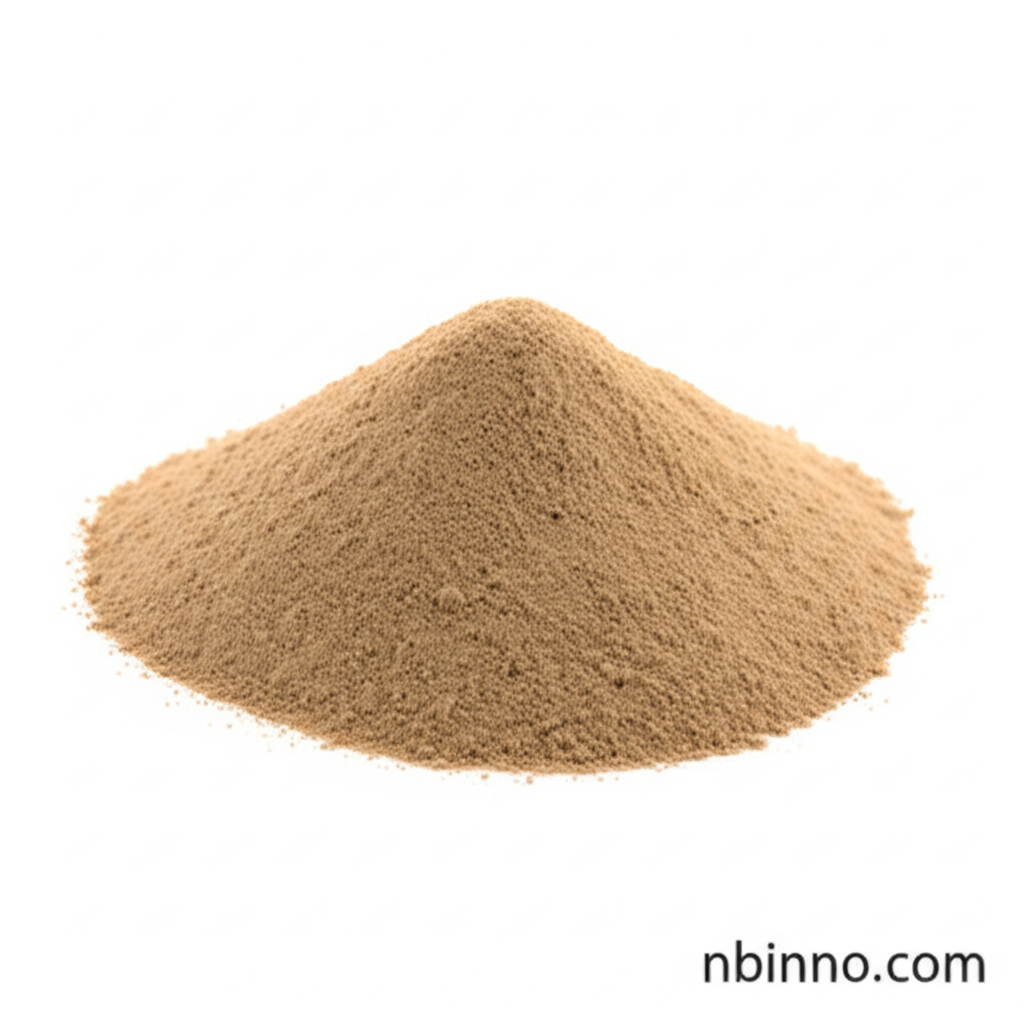Understanding 4'-Hydroxy-2,2':6',2''-Terpyridine (CAS: 101003-65-0)
A deep dive into the chemical properties, applications, and synthesis of this important organic building block.
Get a Quote & SampleProduct Core Value

4'-Hydroxy-2,2':6',2''-terpyridine
This chemical compound, identified by CAS number 101003-65-0, is a vital organic building block distinguished by its terpyridine framework and a functional hydroxyl group. Its molecular formula is C15H11N3O, with a molecular weight of 249.27 g/mol. It is known for its potential to act as a ligand in coordination chemistry, forming complexes with various metal ions. This characteristic makes it highly valuable in the development of advanced materials and catalytic systems.
- Discover the key properties of 4'-Hydroxy-2,2':6',2''-terpyridine, including its melting point of 178°C and boiling point of 505.5°C at 760 mmHg.
- Explore the applications of terpyridine derivatives in coordination chemistry and how they are used to create novel materials.
- Understand the significance of organic building blocks for materials science and their role in technological advancements.
- Learn about the synthesis pathways and sourcing options for this essential chemical, catering to research and industrial needs.
Key Advantages
Versatile Ligand Capability
The presence of nitrogen atoms in the terpyridine structure allows for robust coordination with metal ions, making 4'-hydroxy-2,2':6',2''-terpyridine an excellent ligand for creating complex structures.
Enabling Advanced Materials
As a key organic building block, its integration into materials science can lead to the development of compounds with unique electronic, optical, or catalytic properties.
Facilitating Organic Synthesis
Its well-defined structure and reactivity make it a sought-after intermediate in complex organic synthesis, aiding researchers in creating novel molecules.
Key Applications
Coordination Chemistry
Utilizing 4'-hydroxy-2,2':6',2''-terpyridine as a ligand to study metal complexes and their properties, contributing to advancements in supramolecular chemistry.
Materials Science
Incorporating this compound into polymers or frameworks to develop new functional materials with tailored electronic or optical characteristics.
Organic Synthesis
Serving as a crucial intermediate in the synthesis of more complex organic molecules, including pharmaceuticals and specialty chemicals.
Catalysis Research
Exploring the catalytic potential of metal complexes formed with terpyridine derivatives, aiding in the development of new catalytic processes.
